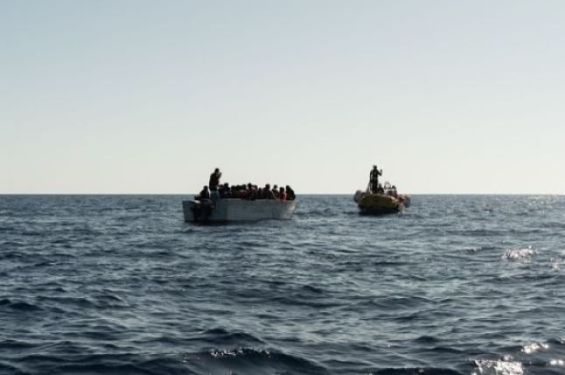At the crossroads of Africa and Europe, Morocco finds itself at the center of global migration flows. Its strategic location makes it a country of both origin and transit for migrants.
According to the International Organisation for Migration (IOM), in 2020, Morocco ranked 18th among the top 20 migrant-sending countries worldwide and second in Africa after Egypt. Despite ongoing efforts to regulate these flows, irregular migration remains a concern.
Migrants face significant risks, including human rights abuses documented in places like Libya. Between 2014 and 2022 alone, over 20,000 migrants lost their lives or went missing on the Western and Central Mediterranean route.
However, migration also presents opportunities. Moroccan families fleeing economic hardship find a chance for a better life abroad. The country itself benefits from remittances exceeding $11 billion in 2022, which is about 8% of its GDP. This vital foreign currency reserve helped mitigate the decline in tourism revenue during the COVID-19 pandemic. Morocco's economy also benefits from migrant workers, especially in agriculture, construction, and services.
Migration trends across Africa
Migration within Africa is also growing significantly. IOM data suggests that in 2020, around 21 million Africans lived in another African country, a 3 million increase compared to 2015. Internal displacement, often caused by armed conflict, is another major factor. IOM data shows sub-Saharan Africa is the most affected, with the Democratic Republic of Congo and Ethiopia recording over 4 million and 2 million internally displaced persons (IDPs) respectively in 2022.
Climate change also plays a role, with the UN reporting millions displaced by disasters in Nigeria, Somalia, Ethiopia, and South Sudan. Morocco itself experienced displacement of 9,500 people due to major forest fires in late 2022.
The three main irregular migration routes in West and Central Africa are the Central Mediterranean, the Western Mediterranean (connecting Morocco and Algeria to Spain), and the West African Atlantic route (to the Canary Islands). Tragically, nearly 2,800 deaths and disappearances were recorded along these routes in 2022 alone.
Global migration dynamics
The situation in Africa reflects a broader shift in global population trends. According to the UN Department of Economic and Social Affairs (UNDESA), the total number of international migrants reached nearly 281 million in mid-2020, a significant increase from 1990 (153 million) and 1970 (84 million).
Conversely, the number of non-African migrants in Africa has remained low, with about two million people from Asia and Europe residing there between 2015 and 2020.




 chargement...
chargement...












